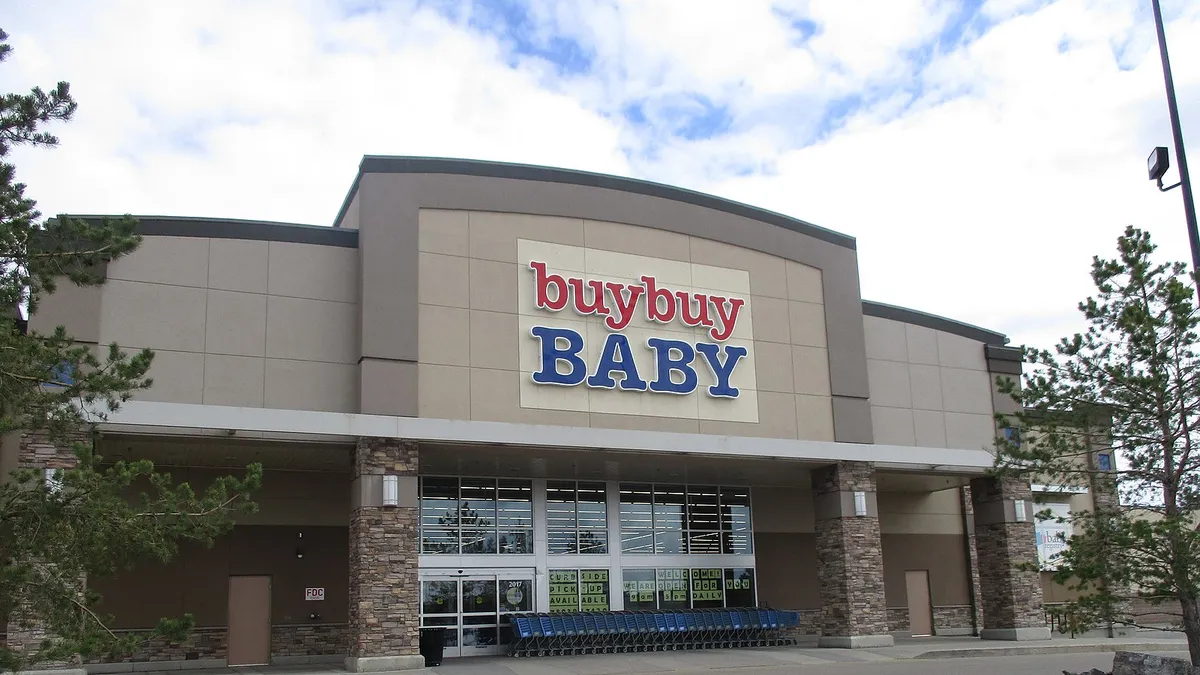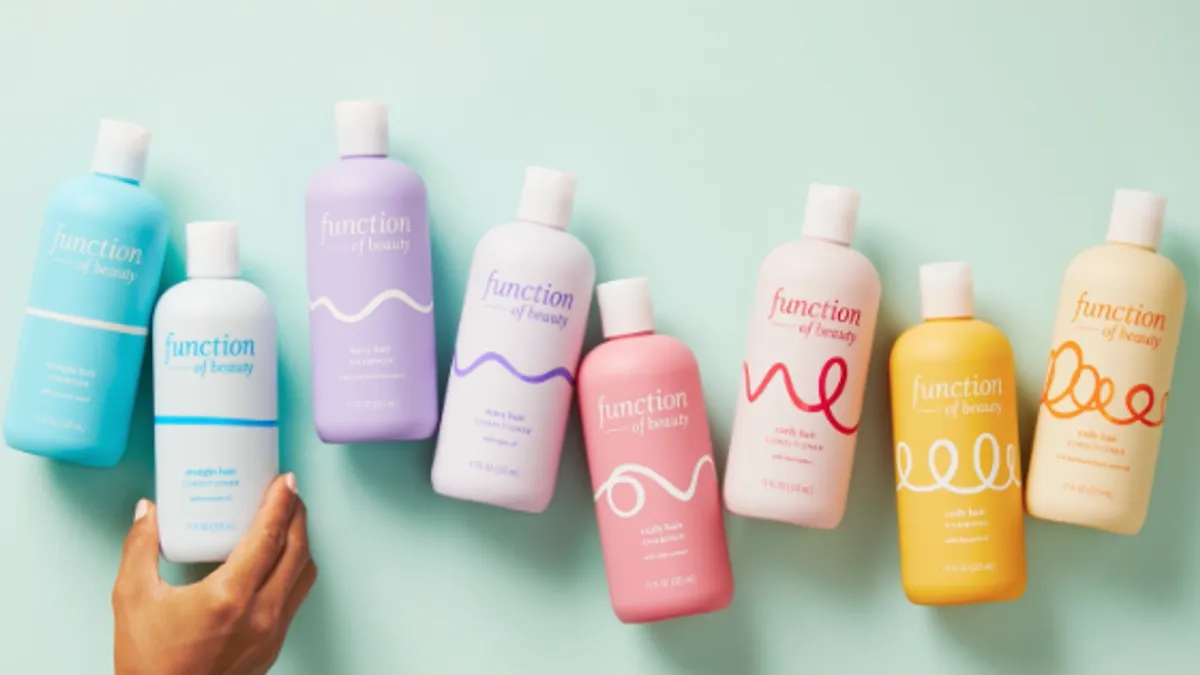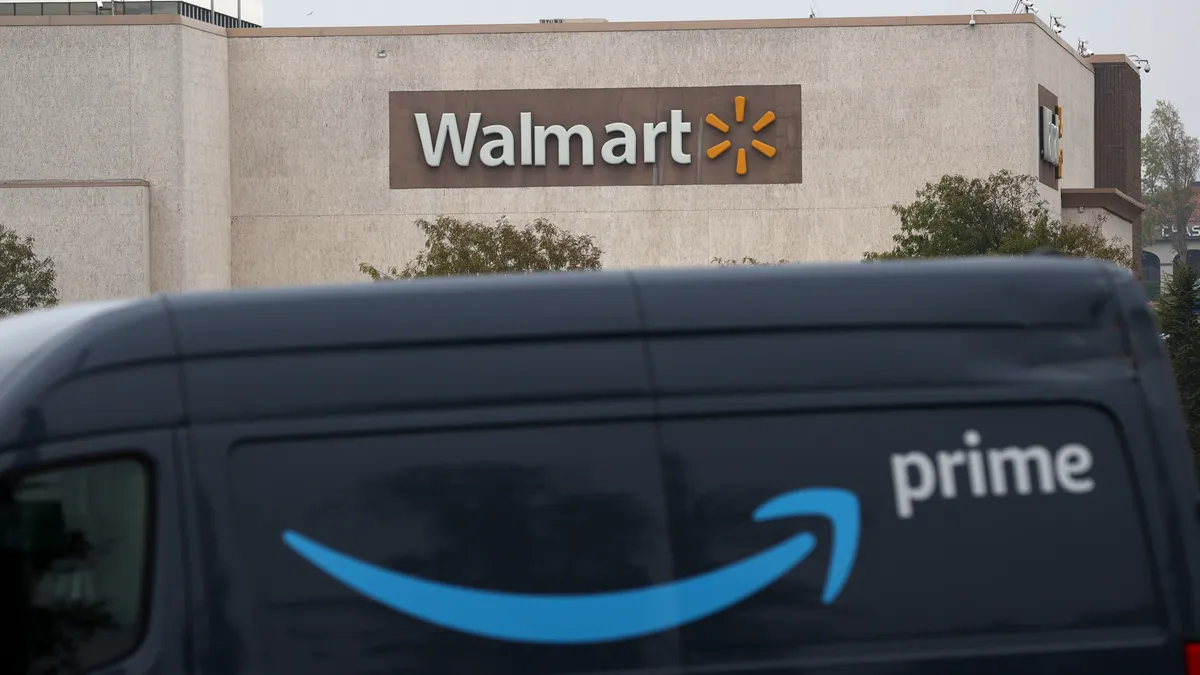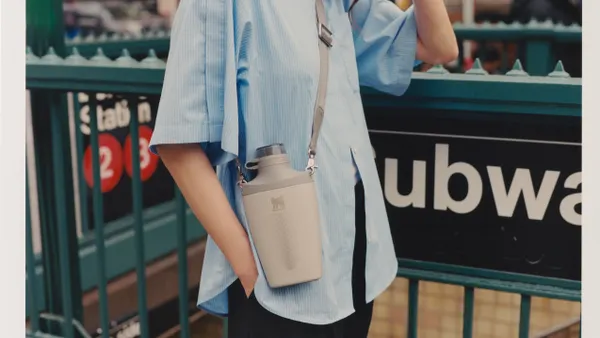While Stanley 1913 — and specifically its Quencher water bottle — may have experienced a strong surge of virality a few years ago, its leadership now feels the brand has moved beyond that flash-in-the-pan energy and into a more enduring place in the American psyche.
“Very early on we started talking about the Stanley lifestyle, ensuring that we're becoming a lifestyle brand and we're not just a hot cup company. ‘Hot cup company’ is really dangerous for brands,” Matt Navarro, global president of PMI WW Brands, which owns Stanley 1913, said in an interview. Stanley, he believes, has “pushed past that” marker. “Quencher is incredibly popular. It's still our best-selling product … but we certainly are still working really hard to make sure that around the world, frankly, we're looked at in many places in people's lives, not just the Quencher use case.”
It’s about time, too. Although Stanley earned a spot on Circana’s list of fastest-growing outdoor brands last year, chatter has already begun about its inevitable demise across a variety of social platforms. After all, wasn’t there the year of the Owala and the Hydro Flask as well?
Some research also points to fading interest in Stanley’s drinkware. In Piper Sandler’s most recent survey of teen shoppers, Stanley cups and tumblers were ranked as a top 5 fashion trend by female teens, next to the likes of Uggs and hoodies. However, those same water bottles were also listed as a top 5 fashion trend that’s on its way out, according to those same teens.
“It's much more than a viral moment,” Navarro said. “We're in year five of the virality and really turning to, how do we set this brand up for the next 100 years? Which for me is really rooted in: How do we create the Stanley lifestyle? And really, we call ourselves a lifestyle brand, but how do we make sure we show up to consumers that way?”
From Stanley cup to Stanley… cooler?
Navarro wasn’t sure about Stanley when he first saw a job opportunity there. Coming from Amer Sports, owner of Arc’teryx and Wilson Sporting Goods, he wanted something that was a closer match to his experience. But he warmed to the idea of “breathing life back into” a century-old brand that had gone quiet.
“The reality is nobody had heard from us in about 30 years,” Navarro said.
Thus began an effort to modernize the brand and take advantage of white space in the market by leaning hard into hydration. That focus is representative of Stanley’s third “era,” in Navarro’s eyes, the first being as a provider of hot food and beverage storage for workers in the early 1900s and the second as it transformed into an outdoorsy brand around the ‘60s. With the brand’s newest era also came its crown-wearing, wing-toting mythical bear logo, inspired by the many tall tales of customer encounters with a bear and their Stanley.
“It was really finding the white space, I think, in that category that was being untapped around Gen Z, a more female consumer,” Navarro said of its current hydration era. “Also taking our product from utility more to like cultural icon and being part of your fashion, part of trend, part of lifestyle, connection to culture. Which, frankly, previous to 2020, nobody thought about water bottles that way. And today, people are every day matching them to outfits and prom dresses and fun things like that.”
The more intense of Stanley’s fan base collect the brand’s Quencher tumblers — and Stanley leans into that behavior with limited-edition colors and launches around holidays like Valentine’s Day and Mother’s Day. The retailer has partnerships with celebrities as far apart as Olivia Rodrigo and Lionel Messi, though Navarro stresses that the retailer looks for authentic fans of the brand to partner with in that way.
The goal? “To make sure we're right at the heart of culture, and I would say specifically youth culture,” Navarro said. “Now that we have that Stanley consumer, it's like, how do we meet them within more places throughout their lives?”
That means not just leaning into the Quencher and handy accessories like straws, but building up hydration options for athletes, parents and others. The company’s IceFlow bottle franchise is also quite popular, according to Navarro, as are some of its storage options. And the retailer is looking at new categories as well. Coolers and “wearable water” are two of those opportunities Stanley plans to lean into.
Portable beveragewear as a category is on the rise, according to data from Circana. The segment grew 15% last year, reaching $3.1 billion, and is also generating sales at sporting goods retailers. According to the data firm, sporting goods companies saw sales of water bottles and other insulated containers grow 14% in 2024, on top of 38% growth the year prior.

“I actually think we've been able to be a disrupter in a space that had stayed a little stagnant for a while. I think we're pushing the envelope there,” Navarro said, calling its cross bottle the first nonround vacuum and “truly innovative” in the category. “We're learning as we go too, right? But it's super cool and fun to be doing something nobody's ever done before.”
Material, color and finish can also be innovated further, according to Navarro, and that includes making them more sustainable. Most of the brand’s products use 90% or more recycled stainless steel and Stanley continues to be focused on eliminating single-use plastic.
Even if consumers in the U.S. begin to tire of the Stanley fandom, there’s still the rest of the world. Diversifying its shoppers to include global consumers is a “key part” of the brand’s strategy, and Stanley is already “growing really fast” in Europe, Asia and Australia, among other places. While Stanley has a global product range, the regions themselves can choose which items to sell that will have the most local relevance, and Stanley is pursuing partnerships and collaborations unique to those regions as well.
Of course, there’s a downside to all the popularity Stanley has accrued. Dupes of the real thing abound, from various online sites to products from its name-brand competitors created in response to the phenomenon. While frustrating, Navarro says it ultimately doesn’t impact the water bottle brand that much.
“People care a lot about the brand and the logo, and that's because we've curated this lifestyle and what we stand for,” Navarro said. “You can buy a Quencher without the Stanley logo on it from dozens and dozens of companies, but we're still No. 1 by a lot … [Shoppers] care about the brand and they connect the brand with their life and their lifestyle — and that's what really matters.”





















